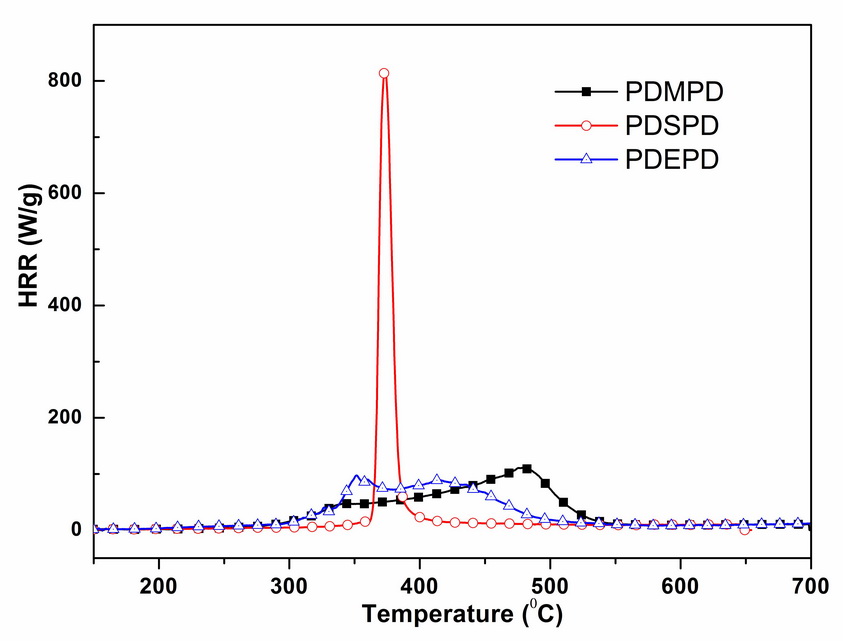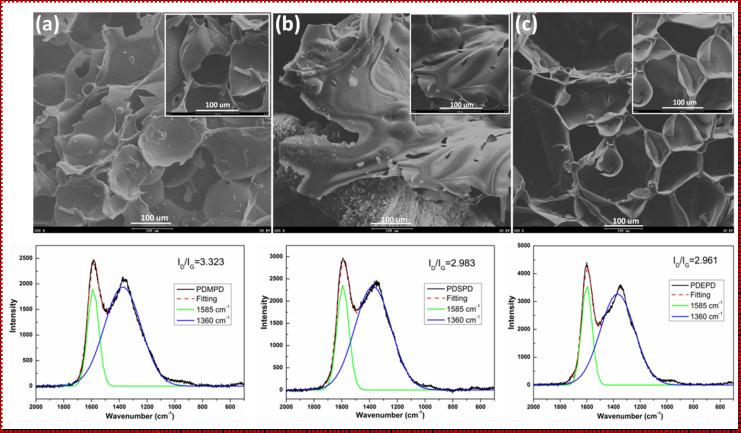Due to the great demand and dependence upon synthetic materials placed by today’s society, polymeric materials have been widely used in many applications such as building, transportation, aviation, electrical, and electronic fields. However, the high flammability of most polymeric materials limits their further applications. It has been reported that many fires induced by the burning of polymers, cause many deaths and large amounts of economic loss. Generally, the most commonly used method is to add flame retardants into polymeric materials, in order to make the materials non-flammable or flame-retardant. The flame retardants commonly used include halogenated compounds, inorganics, and phosphorus/nitrogen containing compounds. However, almost all of the used compounds have many disadvantages, such as toxicity, corrosion, low water resistance, and low efficiency etc. Therefore, it is very important and necessary to explore novel environmental friendly flame retardants with high efficiency.
In recent years, the research group of Yuan Hu, a Professor of our Laboratory, focuses on the design and synthesis of novel flame retardants in the level of molecules. Moreover, the relationships between the structure and properties were also investigated in detail, the results from which provided strong experimental evidence for developing theories for synthesis of novel excellent flame retardants. Part of the studies have been published on high-quality journals, such as Journal of Materials Chemistry [21 (2011), 6621-6627]、 Reactive and Functional Polymers[70 (2010) 340–345] etc. Meanwhile, some patents have also been applied.
 |
Figure 1. The heat release rate curves of the polymeric flame retardants. |
The study showed that the degradation behaviors, thermal stability and flame retardancy of the polymeric flame retardant (PFR) were significantly influenced by the groups incorporated into the backbone. One of the PFR containing oxygen atom in the backbone, exhibited the highest thermal stability and the lowest flammability and thus the best flame retardancy.
 |
Figure 2. The SEM images and Raman spectra of the polymeric flame retardants. |
In order to further investigate the structure and properties relationships, the char obtained under inert gases of the PFR was analyzed using SEM and Raman spectra. The PDEPD showed honeycomb-like char formation with polyhedral and spherical cell structure, whereas flaky char layers were found for the other two samples. Raman results showed the PDEPD had the most graphitization degree. The higher char yields at high temperature regions of PDEPD could be attributed to the thermally stable char structure with higher graphitization degree. These results suggested the properties were significantly affected by the groups. The PFR prepared can potentially be used as thermally stable flame retardants for plastics or polymeric materials where low flammability is required.

